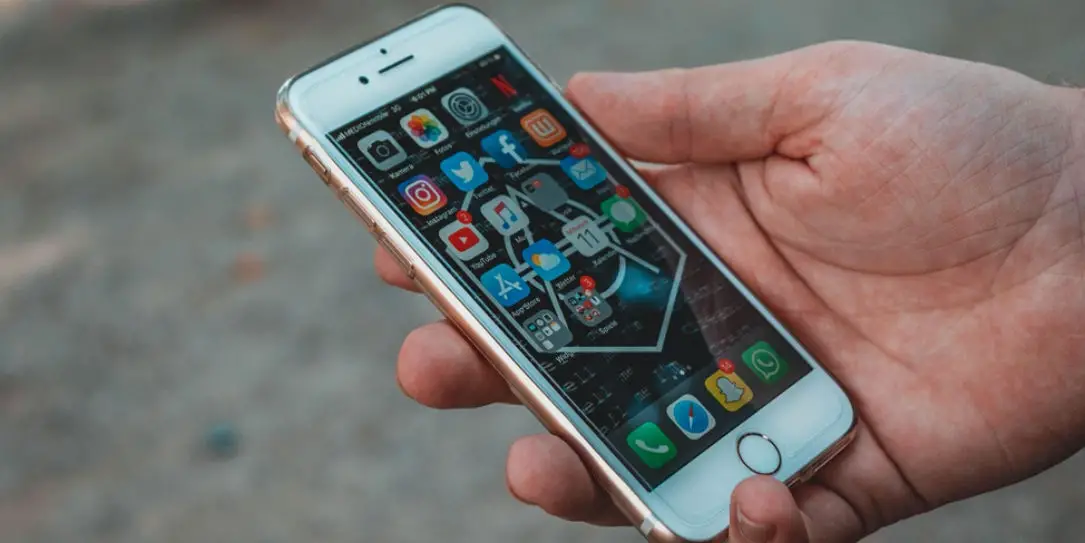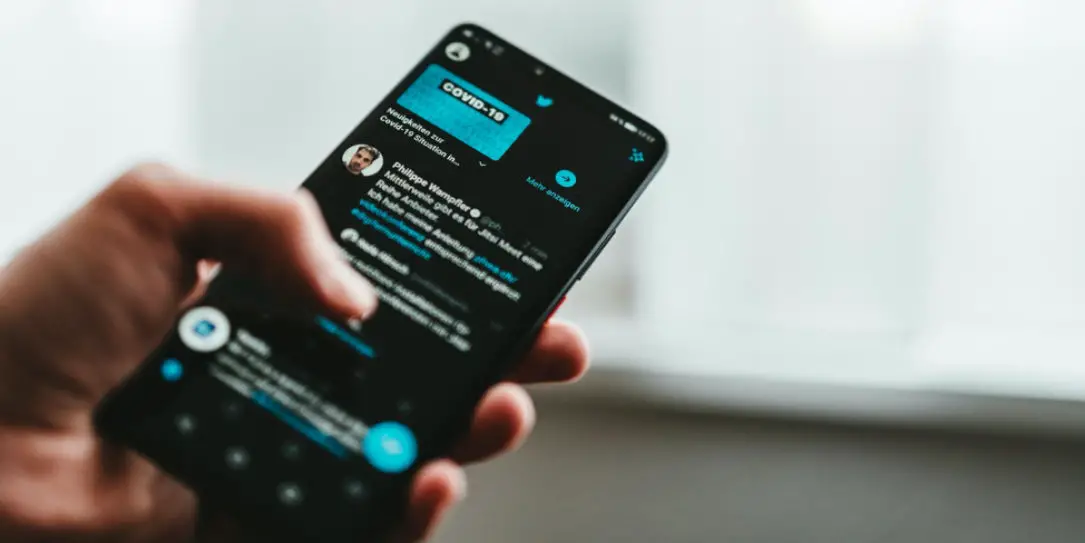As we all know, smartphones have been widely adopted around the world. They are no longer a luxury but a necessity. Well, the mobile app design market is on the rise as well. According to recent app usage statistics, users downloaded as many as 194 billion apps in 2018.
With more than 2.7 billion smartphone users in the world, it’s clear that the mobile app design industry has a bright future.
Also, experts agree that several trends will dominate the mobile app world in 2020 and beyond. So, let’s take a closer look at how the apps of the future will look like.
The Most Popular App Types
Before we move on to the prediction for the future, we should first take a look at the dominant types of mobile apps. For example, we all use social media apps. Thus, you’ll find these apps on almost every smartphone out there. Likewise, web browsers and entertainment apps are also ranked high on the popularity list.
The rise of m-commerce is boosting the popularity of shopping apps. Last but not least, mobile apps for news and finances have a large customer base as well. So, these categories of smartphone apps are the most wanted at the moment. According to app usage statistics, consumers have spent more than $86 billion on apps. What’s more, experts estimate that the mobile app market will generate $935 billion by the end of 2023.

It doesn’t take a rocket scientist to see that mobile apps are a promising industry. Of course, that’s also the reason why we have more than 8.7 million app developers in the world at the moment. The competition is fierce, but the majority of mobile app developers will keep an eye on the following trends in 2020 and beyond.
Mobile App Design: Trends and Predictions
When it comes to the design of a mobile app, there’s no limit to what you can do. At the same time, it’s necessary to listen to the heartbeat of your consumers. After all, there’s no use in making an app that no one will want to download and install.
That said, experts agree that the imminent appearance of the 5G technology will have a profound impact on app design. The low latency of this new system will be a game-changer, there’s no doubt about it.
So, let’s take a look at the directions in which the industry could go in the upcoming period.
Augmented Reality
Do you remember the Pokémon GO hype? Well, this mobile game was a shining example of what augmented reality can do.
In the meantime, the technology evolved, and we now use AR through several apps. Real-life integration is becoming a norm, and even big brands like IKEA are using AR.
The primary goal of AR, together with VR, is to enhance the user experience. These systems can take enjoyment to a whole new level, and that’s why they will play the central role in mobile app design.
Instant Apps
The mobile apps market is a promising field, and it offers plenty of opportunities. For instance, the so-called instant apps seem to be making a lot of noise in the recent period.
What makes them so attractive? Well, these apps are similar to a demo version. Or, you can think of them as a website. In essence, you don’t need to download and install the entire software package.
As such, instant apps are much smaller than the “standard” mobile apps. Also, they require much less memory, which results in improved battery life.
On-demand Apps
Millennials are the driving force when it comes to mobile app development. According to app usage statistics, two out of three millennials are always on the lookout for new apps and new ways of doing things.
For that reason, we can expect the rise of on-demand apps in the upcoming period. These apps are there to help users with their everyday tasks and chores.
On-demand apps can meet an incredible number of demands. Nowadays, we use them for everything, from hailing a cab to ordering meals.
Mobile Wallets
We already mentioned the rise of m-commerce and the way this service affects the mobile app market.
In the future, we will surely see more of these apps. Mobile purchasing will soon become the norm, whether we like it or not. Contactless payments are not that far away.
So, mobile wallets will come with improved security and protection. App developers will need to put a lot of effort into creating impenetrable solutions for payments and money transactions.
Interconnectivity
Together with all the other IT technologies, the internet of things will grow in the future as well. In other words, the so-called interconnectivity will step onto the scene.
What does this mean in practice? Well, all your smartwatches, trackers, and fitness bands will communicate with mobile phones without any glitches.
The integration of smartphones and wearables will enable users to harness the power of several technologies at once.
Connected devices will make our lives more comfortable. That’s why mobile apps will have to incorporate these elements into their design.

Dark Mode
When it comes to the design of the interface, in particular, experts say that the fascination with the dark mode is not over yet.
Even though the dark mode is not a new technology, recent years have seen a dramatic increase in the popularity of this design method.
Allegedly, the dark background is more pleasant for the eyes. Yet, studies on the effects of the dark mode are hard to find.
Either way, smartphone users are still in love with the dark mode. That is why mobile apps of the future should include this design approach, at least as a built-in option.
Card Layout
In the end, we should also mention the card layout. As it seems, the fluidity of this design system will have a powerful impact on the mobile app market in 2020.
The functionality of the card layout is impressive. Of course, the apps of the future will require top-notch usability, which is what card layout enables.
That said, the smartphones of the future may look entirely different from the ones we have now. For instance, eye movements could replace the swiping motion that we all fell in love with over the years.
Final Thoughts
As you can see, the world of mobile apps is an ever-changing environment. The design of the apps is evolving at a rapid pace. Thus, the developers need to be on top of their game to keep up with the trends.
Of course, no one can predict the future with absolute certainty. But one thing is clear: the apps of tomorrow will be faster and more intuitive than the ones we have on our phones these days.
What do you think of mobile app design? Let us know in the comments below or on Twitter, or Facebook. You can also comment on our MeWe page by joining the MeWe social network.
In some of our articles and especially in our reviews, you will find Amazon or other affiliate links. As Amazon Associates, we earn from qualifying purchases. Any other purchases you make through these links often result in a small amount being earned for the site and/or our writers. Techaeris often covers brand press releases. Doing this does not constitute an endorsement of any product or service by Techaeris. We provide the press release information for our audience to be informed and make their own decision on a purchase or not. Only our reviews are an endorsement or lack thereof. For more information, you can read our full disclaimer.
Last Updated on February 3, 2021.











